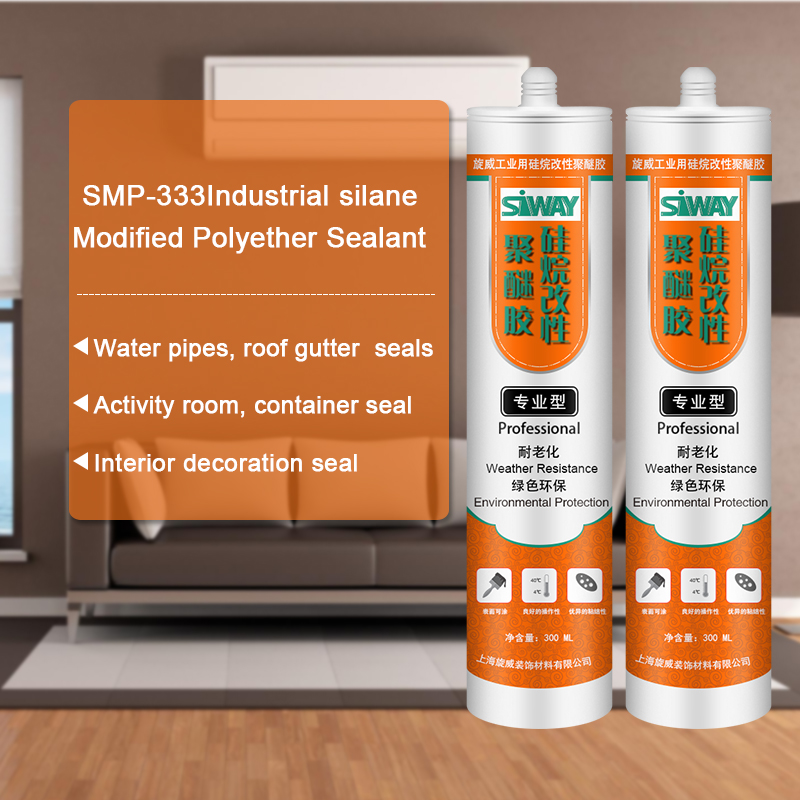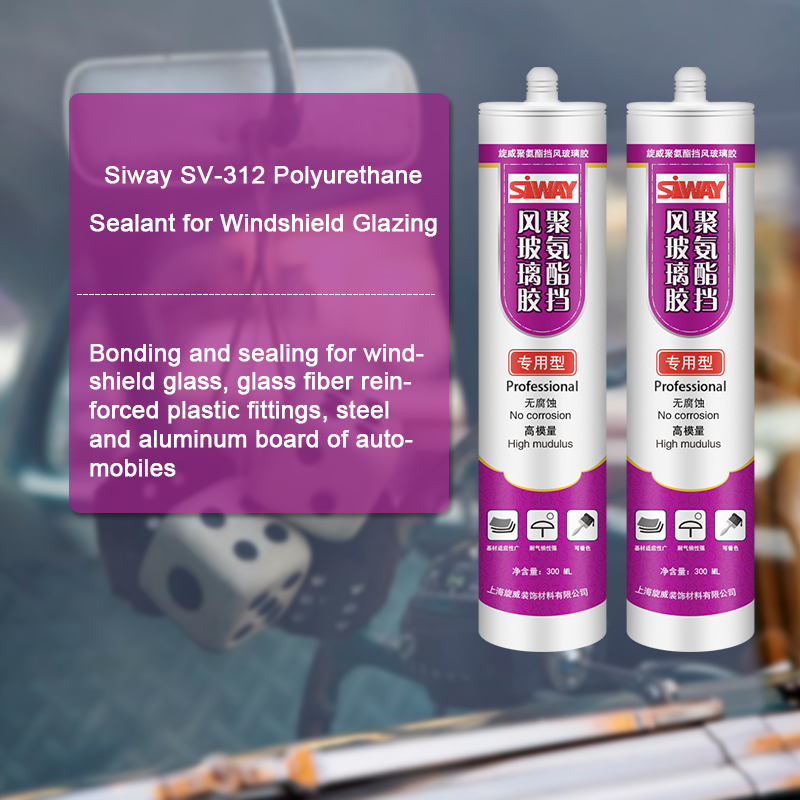13 Years Manufacturer SV-8000 PU Sealant for Insulating Glass for Turin Factories
Short Description:
Description SV – 8000 two-component polyurethane insulating glass sealant is a neutral cure, mainly used for the insulating glass of the second seal. Product formulation to use its performance with high modulus, high strength, to meet the requirements of insulating glass assembly. Where to use It is a two-component PU sealant that offers variable work life with high bonding strength to maintain the integrity of insulating glass unit, suits both commercial and residential IGU. Key Fe...
We stick to our enterprise spirit of "Quality, Efficiency, Innovation and Integrity". We aim to create more value for our customers with our rich resources, advanced machinery, experienced workers and excellent services for 13 Years Manufacturer SV-8000 PU Sealant for Insulating Glass for Turin Factories, Our professional technical team will be wholeheartedly at your service. We sincerely welcome you to visit our website and company and send us your inquiry.
Description
SV – 8000 two-component polyurethane insulating glass sealant is a neutral cure, mainly used for the insulating glass of the second seal. Product formulation to use its performance with high modulus, high strength, to meet the requirements of insulating glass assembly.
Where to use
It is a two-component PU sealant that offers variable work life with high bonding strength to maintain the integrity of insulating glass unit, suits both commercial and residential IGU.
Key Features
1. High Modulus
2. UV resistance
3. Low vapor and gas transmission
4. Primerless adhesion to coated glass
Technical data sheet
| Test project | standards | Value |
| Sagging degree (mm) | ≤3 | 0 |
| Operating time | ≥30 | 30 |
| Thermal weight loss(%) | ≤10 | 2 |
| Durometer Hardness Shore A | 20-80 | 42 |
| tensile propcrties(MPA) | >0.4 | 1.0 |
| Bond damage area(5%) | ≤5 | 0 |
Certification
GB-24266-2009;
Color
Component A(Base) – White, Component B(Catalyst)- Black
Package
1. Component A(Base): (190L), Component B(Catalyst) (18.5L)
2. Component A(Base):24.5kg (18L), Component B(Catalyst): 1.9kg (1.8L)
Shelf life
12 months
Note
If you want the TDS or MSDS or other details, please contact with our sales person.
Portable plotter, rubber stencil cutter. The Plotter Doctor’s 15″ portable monument cutter can be run off of standard AC current, a vehicle’s 12 volt cigarette lighter, or connected directly to a 12 volt battery.
Perfect for last dates and other work in the field.
In the video, the plotter is re-plotting a job that was previously cut and weeded by this same plotter in order to show the speed and accuracy of the plotter. We thought it would be better for the video to show what was being cut.
We will be posting another video of this plotter cutting, followed by the weeding of this same job.
How to mount a “cement” mount type towel bar (and similar accessories). This uses no screws. I had these sitting in storage for years. Could not find anyone who knew how to install it, got lots of guesses, but no real knowledge/experience. Even American Standard told me they no longer knew! I researched it for a long time before I accidentally came across an old timer that knew how to do this.
MATERIALS
- Grout (matching color)
- End pieces and rod
- Padding for floor
- Support stuff to hold it to wall while it sets (HAVE THIS AT HAND WHEN YOU START!!!)
- Tools: Ceramic cutting wheel for angle grinder, hammer, chisel
PROCESS
- Soak the towel bar ceramic end pieces in water (over night is best)
- Measure carefully the holes to be cut in the wall. Check for level also.
- Cut holes with ceramic saw or similar
- Chisel out the brick or cement wall to a depth about 1cm (quarter inch) deeper than the mount insert (this is the beige protrusion on the end pieces in the video. It varies with style and type of thing being mounted: soap dish, toilet paper holder…)
- Clean / wash the holes of dust, chips and other.
- Wet the holes in the wall (pack with wet rags for an hour or more)
- Cover the floor with something that will prevent the ceramic end pieces from breaking should one fall or be dropped. They shatter like glass.
- “Prime” the surface of the holes with grout ensuring it sticks everywhere (Priming using wet surface rubbed with grout mix. Rubber gloved hands are best).
- Apply grout in the wall holes so the grout will contact the entire surface of the end pieces (it does not squeeze out, so you have to apply, remove grout, add grout, etc. until it’s perfectly filled without voids or overfilled.)
- “Prime” the contacting surfaces (beige in the video) of the end pieces with grout
- Make the final insertion of the first end piece, work into position. If it’s not fitting, take it out, wash it off, clean out the hole and figure out what’s wrong before proceeding.
- Assuming the first end piece fits OK, brace it firmly into position. It is best to let it set overnight, if possible. I had to do both ends at the same time because the bathroom could not be closed down for days.
- Repeat the above for the second hole, but REMEMBER THE TOWEL BAR BEFORE SETTING THE SECOND END PIECE!!! Note: do not let the towel bar move and pry loose the first end piece.
- Brace the second end piece.
- Let set for 24 hours.
- Remove the braces. Tape the end pieces to the wall (put up a “Do Not Use” sign)
- Wait for a week and test to ensure it has stuck. If you can wait a second week before using, that’s what I was told was best. (I tested mine at 40 lbs or 20 kilos each end).
- Ready to use.
NOTES: I got a question: “Can you place these on a sheetrock / gypsum wall with tile?” I have not tried this. As mentioned in the video I saw someone try this a long time ago and it did not work (it fell out). If I had to do it, I would place/glue some cement board strips behind the sheetrock. I’d drill many small holes in the cement board to ensure the cement has something to grab. Again I’ve not done this nor would I be confident it would work, but it would be my best guess.
WARNING
When cutting cement, tile, etc. with angle grinders use eye protection and dust protection! The dust is bad for your lungs. The chips can blind you.




